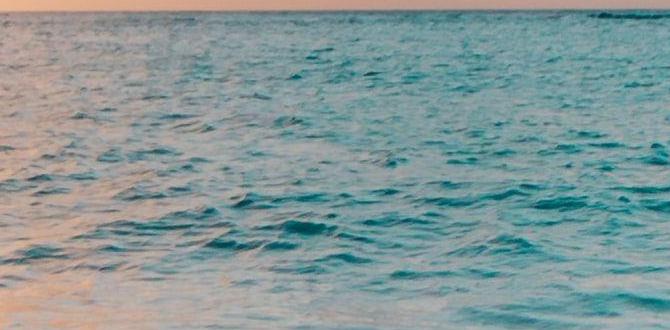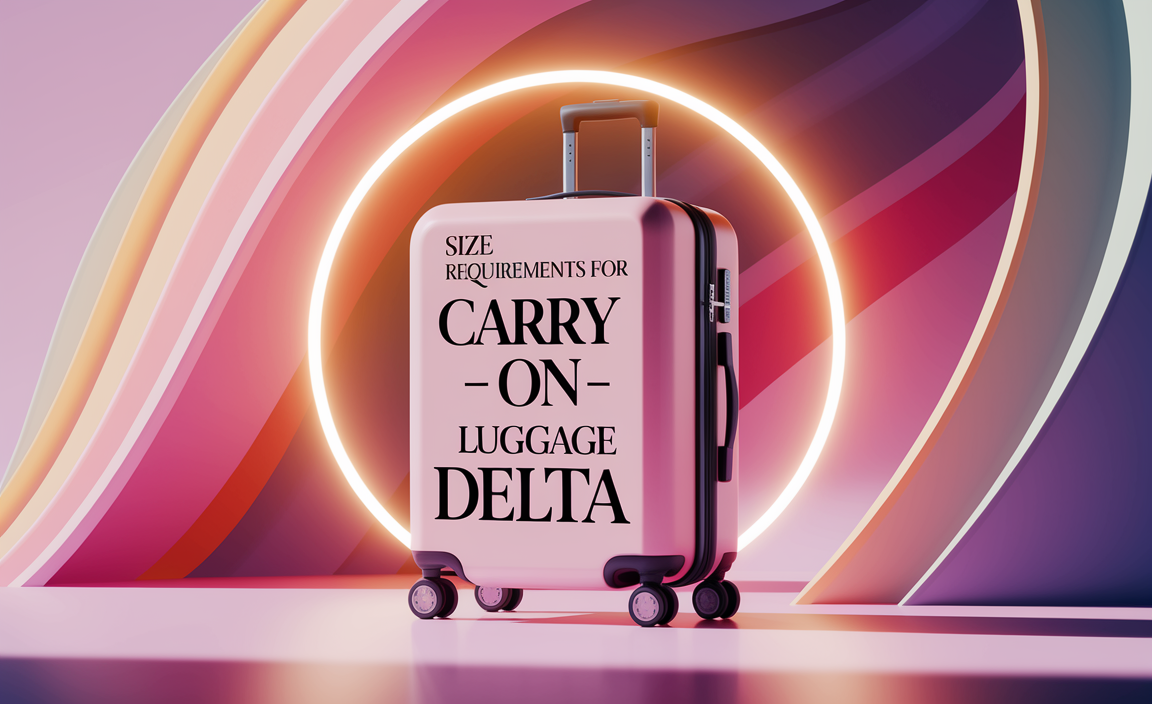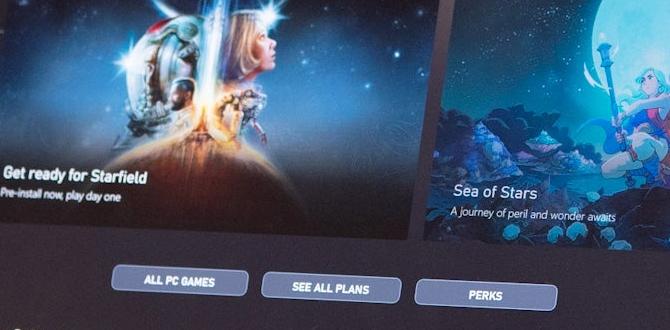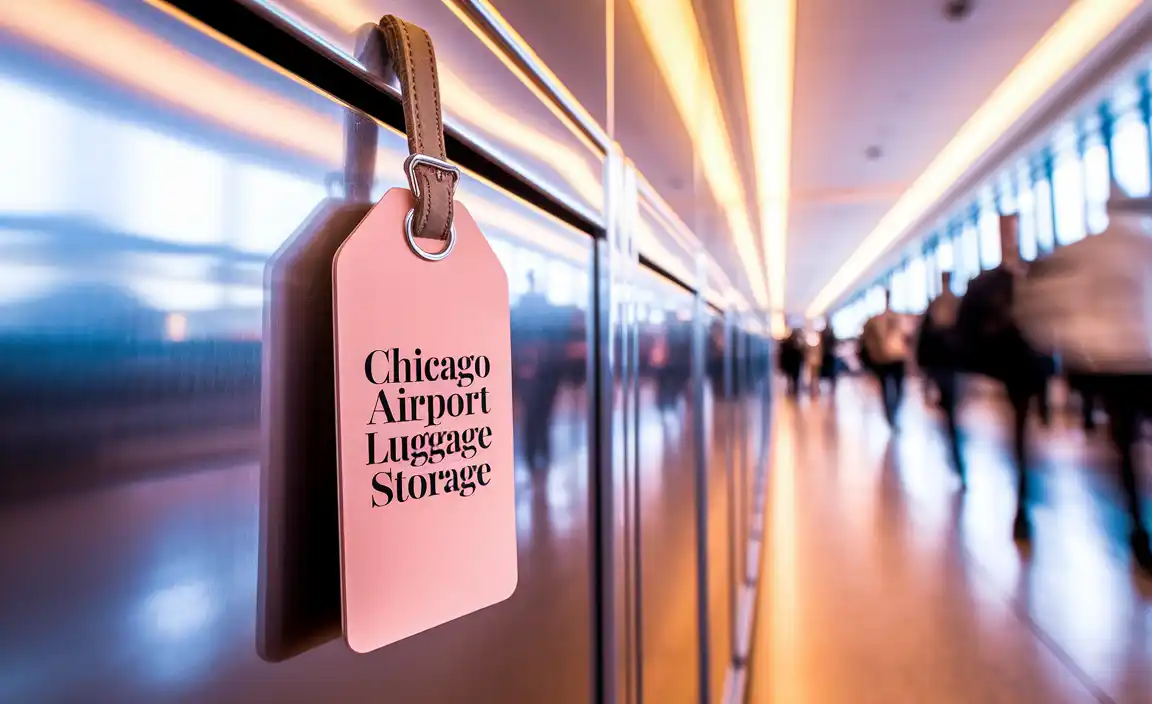Planning a solo trip to Banff as a female traveler? This guide offers essential tips on safety, accommodation, activities, packing, and transportation to ensure a confident and unforgettable adventure. Get ready to explore the Canadian Rockies with peace of mind!
Banff Solo Female Travel Tips: Your Essential Guide to Mountain Adventures
Dreaming of soaring mountains, turquoise lakes, and crisp, clean air? Banff National Park is a majestic playground that beckons travelers from all over. If you’re a woman planning to explore this natural wonder solo, you might be wondering how to make the most of it while staying safe and comfortable. Planning a solo trip can feel a little daunting, but with the right preparation, it’s an incredibly rewarding experience. This guide is packed with practical advice specifically for solo female travelers, ensuring your Banff adventure is both breathtaking and stress-free.
From choosing the best time to visit and finding secure accommodation to navigating trails and enjoying the local scene, we’ve got you covered. Get ready to embrace the wild beauty of Banff with confidence and a smile!
When to Visit Banff Solo
The best time to visit Banff solo depends on what kind of experience you’re looking for. Each season offers unique beauty and activities, but some are more favorable for solo travelers seeking specific experiences or fewer crowds.
Summer (June to August)
Summer is Banff’s peak season. The weather is warm, all hiking trails are generally accessible, and the lakes are at their most vibrant. This means more daylight hours for exploring and a lively atmosphere in town. However, it also means larger crowds and higher prices for accommodation and activities.
- Pros: Best weather, full access to trails and attractions, vibrant atmosphere.
- Cons: Most crowded, highest prices.
Fall (September to October)
Fall in Banff is stunning, with golden larches painting the mountainsides in September and brisk, clear days. The summer crowds begin to thin, making it a more relaxed time to visit. Temperatures start to drop, and by late October, you might see early snowfall at higher elevations.
- Pros: Beautiful fall colors, fewer crowds than summer, cooler temperatures.
- Cons: Weather can be unpredictable, some services might be winding down.
Winter (November to March)
For winter sports enthusiasts, Banff is a snowy paradise. Skiing, snowboarding, ice skating, and snowshoeing are popular. The landscape transforms into a magical winter wonderland. However, daylight hours are short, and many hiking trails will be covered in snow and ice, requiring specialized gear. The town is festive, especially around the holidays.
- Pros: Snow sports galore, beautiful winter scenery, cozy atmosphere.
- Cons: Cold weather, short daylight hours, limited hiking access, some roads may close.
Spring (April to May)
Spring is a transitional season in Banff. You’ll see melting snow, potential for mud on trails, and wildlife awakening. Some higher elevation trails may still be inaccessible. This is generally the quietest season, offering lower prices and fewer crowds. It’s a good time for photographers seeking dramatic landscapes and for those who prefer a more peaceful experience.
- Pros: Fewest crowds, lowest prices, awakening wildlife.
- Cons: Unpredictable weather, muddy trails, limited access to some areas.
Safety First: Essential Tips for Solo Female Travelers
Your safety is paramount when traveling solo. Banff is generally a safe place, but like any destination, it’s wise to be prepared and informed. Implementing these safety measures will help you feel secure and enjoy your trip to the fullest.
Before You Go
- Share Your Itinerary: Leave a detailed itinerary with a trusted friend or family member. Include your accommodation details, planned activities, and expected return dates.
- Research Your Accommodation: Choose well-reviewed hotels, hostels, or guesthouses in safe, well-lit areas. Look for places with good security features and friendly staff.
- Stay Connected: Ensure your phone is unlocked and consider purchasing a local SIM card or an international data plan for reliable communication. Download offline maps.
- Learn Basic Phrases: While English is spoken everywhere, knowing a few basic French phrases can be helpful, as it’s Canada’s other official language.
While You’re There
Accommodation Security
When booking your stay, prioritize locations that offer enhanced security. Hostels can be great for meeting people, but ensure they have secure dorms and lockers. Hotels often provide 24-hour reception and secure entry points. Consider checking reviews specifically for comments on safety and staff helpfulness.
Trail Safety
Banff is renowned for its hiking. When heading out on trails, always:
- Hike with a Buddy (if possible): If you’re new to hiking or tackling a challenging trail, see if other solo travelers or a tour group are heading that way.
- Inform Someone: Let your accommodation or a friend know which trail you’re hiking and your expected return time.
- Carry the Ten Essentials: This includes navigation (map, compass, GPS), sun protection, insulation (extra clothing), illumination (headlamp), first-aid supplies, fire starter, repair kit/tools, nutrition (extra food), hydration (extra water), and emergency shelter.
- Be Bear Aware: Make noise while hiking, travel in groups if possible, and carry bear spray, knowing how to use it. Store it where it’s easily accessible. The Parks Canada website offers excellent advice on wildlife safety.
- Check Trail Conditions: Always check the official Parks Canada trail reports before you go.
- Stick to Marked Trails: Venturing off-trail can be dangerous and ecologically damaging.
- Know Your Limits: Choose hikes that match your fitness level and experience.
Personal Safety
- Trust Your Instincts: If a situation feels uncomfortable or unsafe, remove yourself from it.
- Be Mindful of Your Surroundings: Stay aware, especially in crowded areas or when walking alone at night.
- Don’t Flaunt Valuables: Keep expensive jewelry, cameras, and electronics out of sight when not in use.
- Limit Alcohol Intake: Being overly intoxicated can make you more vulnerable.
- Have Emergency Contacts Ready: Save emergency numbers in your phone and know the local emergency number (911 in Canada).
Accommodation Options for Solo Female Travelers
Choosing the right place to stay is crucial for comfort and security. Banff offers a range of options to suit different budgets and preferences.
Hotels and Resorts
Banff townsite has numerous hotels ranging from luxury resorts to more budget-friendly inns. Many offer amenities like on-site restaurants, pools, and fitness centers. Look for hotels with good reviews regarding cleanliness, staff, and security. Staying in the townsite also means easy access to shops, restaurants, and tour pick-up points.
Hostels
Hostels are fantastic for solo travelers looking to save money and meet new people. Banff has several well-regarded hostels, like the HI Banff Alpine Centre and HI Banff Cedar. They offer dormitory-style rooms (often with female-only options) and private rooms, communal kitchens, and social spaces.
Vacation Rentals (Airbnb, VRBO)
Renting a private room or an entire apartment through platforms like Airbnb or VRBO can provide a more local experience and a sense of home. Read reviews carefully, especially those from other solo female travelers, to gauge the safety and comfort of the neighborhood and the host. Ensure the listing is legal and compliant with local regulations.
Guesthouses and B&Bs
These can offer a more intimate and personalized experience. They are often run by locals who can provide great tips about the area. Ensure they have good reviews and safe surroundings, especially if you arrive after dark.
Getting Around Banff
Navigating Banff is relatively straightforward, with several convenient options for solo travelers.
Banff Roam Transit
Banff has an excellent public bus system called Roam Transit. It connects the townsite with popular areas like Lake Louise, Moraine Lake (seasonal access), and various trailheads. This is an ideal and eco-friendly way for solo travelers to access attractions without needing a car.
- Convenience: Frequent service to key locations.
- Affordability: Cheaper than renting a car and paying for parking.
- Environmental: Reduces traffic and emissions.
You can purchase day passes or use a contactless payment system.
Walking and Biking
Banff townsite is very walkable and bike-friendly. Many attractions, shops, and restaurants are within easy walking distance from most accommodations. Renting a bike is a fantastic way to explore the town and nearby trails, offering a sense of freedom and flexibility.
Rental Cars
While not essential if you plan to stay mostly in the Banff area, a rental car offers the most flexibility for exploring further afield or visiting more remote locations. If you rent a car, be aware of parking challenges, especially during peak season, and always check road conditions, particularly outside of summer.
Tours and Shuttles
Numerous tour operators offer guided day trips to popular spots like Lake Louise, Moraine Lake, and the Icefields Parkway. These are excellent for solo travelers who want to see the sights without the stress of driving or navigating. Many hotels and tour companies offer shuttle services.
Must-Do Activities for Solo Female Travelers
Banff National Park is brimming with activities that are perfectly suited for a solo adventure. Embrace the opportunity to explore at your own pace!
| Activity | Description | Solo Traveler Appeal |
|---|---|---|
| Hike to Lake Agnes Tea House | A moderate hike starting from the Fairmont Chateau Lake Louise. Enjoy stunning views and a well-deserved treat at the historic tea house. | Accessible trail, rewarding views without extreme difficulty, chance to meet fellow hikers. |
| Visit Moraine Lake (Seasonal Access) | Known for its breathtaking Valley of the Ten Peaks. Best accessed via Parks Canada shuttle or Roam Transit during its open season (typically late May to mid-October). | Iconic scenery, photography opportunities, relatively flat lakeshore walk. |
| Explore Banff Gondola | Ride to the summit of Sulphur Mountain for panoramic views of six mountain ranges. There are boardwalks and exhibits at the top. | Effortless access to stunning vistas, comfortable exploration at your own pace, less physically demanding than hiking. |
| Stroll through Banff Townsite | Wander along Banff Avenue, browse unique shops, enjoy a meal at a local cafe, and visit the Whyte Museum of the Canadian Rockies. | Safe and easy to navigate, opportunities for cultural immersion and relaxation. |
| Soak in the Banff Upper Hot Springs | Relax and rejuvenate in the mineral-rich, geothermally heated pools with mountain views. | Great for unwinding after a day of exploring, can be a social or quiet experience. |
| Drive the Bow Valley Parkway | A scenic alternative to the Trans-Canada Highway, offering opportunities to spot wildlife and access to Johnston Canyon. (Check for seasonal closures/restrictions). | Scenic drive, wildlife viewing potential, accessible trailheads. Use caution and take wildlife sightings seriously. |
| Visit Lake Louise | Admire the iconic turquoise lake, rent a canoe (if comfortable solo), or walk along the lakeshore. The Fairmont Chateau Lake Louise is also worth a visit. | World-famous beauty, easy shore walks, photo opportunities. |
Packing Essentials for Your Banff Adventure
Packing smart is key to comfort and readiness, especially when traveling solo. Banff’s weather can change quickly, so layering is essential. Consider how you’ll manage your belongings for ease of transport.
Clothing
- Layers: Pack moisture-wicking base layers (long johns, long-sleeved shirts), an insulating mid-layer (fleece jacket or down vest), and a waterproof/windproof outer shell.
- Hiking Gear: Comfortable, broken-in hiking boots are non-negotiable. Bring several pairs of good hiking socks.
- Casual Wear: Comfortable pants, t-shirts, and a sweater for exploring the town.
- Headwear: A warm hat (beanie) and gloves are essential, even in summer due to altitude. A wide-brimmed hat or baseball cap for sun protection.
- Rain Gear: A waterproof jacket and pants, or at least a good waterproof jacket.
Gear and Accessories
- Backpack: A comfortable daypack for carrying essentials on hikes (water, snacks, layers, bear spray, first-aid kit).
- Water Bottle: Stay hydrated. A reusable water bottle is a must.
- Sunscreen and Lip Balm with SPF: The sun can be strong at altitude.
- Sunglasses: Essential for bright days, especially around snow or water.
- Insect Repellent: Particularly useful during summer months.
- Bear Spray: Purchase or rent this upon arrival if you plan on significant hiking. Know how to use it!
- First-Aid Kit: A small, basic kit for minor injuries.
- Navigation Tools: A physical map and compass, and a reliable GPS device or smartphone with offline maps.
- Camera: To capture the incredible scenery.
- Portable Power Bank: To keep your phone charged for photos and emergencies.
- Travel Documents: ID, passport (if applicable), park pass, accommodation confirmations, emergency contacts.
Comfort Items
If you have specific personal care needs, like adult diapers or child diapers for longer flights or active days, packing them discreetly and ensuring you have enough for your trip is important. Many modern adult disposable briefs are designed for breathability and comfort, making them suitable for active travel. Similarly, compact baby diaper packs can be a lifesaver for parents navigating trails or bus tours.
Consider packing items that enhance your comfort on the go:
- A lightweight travel pillow for journeys.
- Comfortable travel shoes in addition to hiking boots.
- Any personal medications you require.
Budgeting for Your Solo Banff Trip
Banff can be an expensive destination, especially during peak season. However, with smart planning, solo travelers can enjoy its wonders without breaking the bank.
Accommodation
This will likely be your biggest expense.
- Hostels: $40 – $70 CAD per night for a dorm bed
- Budget Hotels/Motels: $150 – $250 CAD per night
- Mid-Range Hotels: $250 – $400+ CAD per night
- Vacation Rentals: Varies greatly, but can be cost-effective for longer stays or if sharing.
Consider visiting during the shoulder seasons (spring or fall) for lower accommodation rates.
Transportation
- Roam Transit Pass: ~$10-20 CAD for a day pass.
- Car Rental: ~$50-100+ CAD per day, plus gas and parking.
- Shuttles/Tours: Prices vary widely, from $50 for a shuttle to $150+ for a full-day tour.
Opting for Roam Transit for most of your travel within Banff and taking advantage of walking and biking can significantly reduce costs.
Activities and Park Pass
- National Park Pass: Required for entry. A Discovery Pass (annual) is often more economical if you plan to visit multiple national parks within a year. For a single visit, a daily pass is available. Check the Parks Canada website for current fees. A simple daily pass for one person is around $21 CAD.
- Banff Gondola: ~$60-70 CAD.
- Lake Louise/Moraine Lake Shuttles: ~$15-20 CAD round trip.





